Table of Contents
Do you love mushrooms? Mushrooms are delicacies full of nutrients for people of all ages. You probably spend a lot of money buying them. What if you grow your mushrooms? If you have a greenhouse, can you grow them in it?
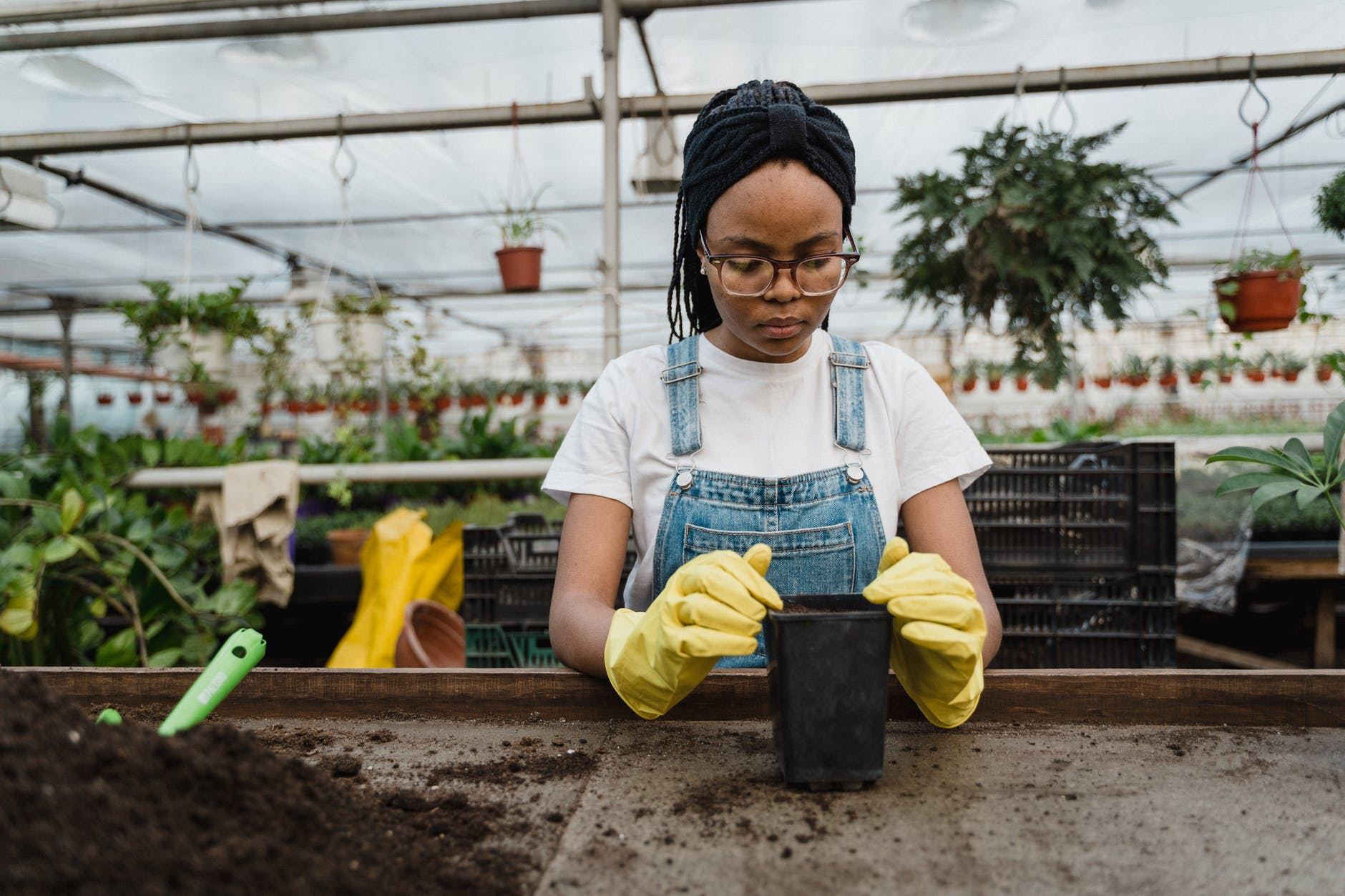
Why Grow Mushrooms?
Mushrooms are delicious, and they are healthy for you. Some benefits of mushrooms are:
- Mushrooms help to prevent anemia.
- They can help to regulate insulin in your body.
- Mushrooms are rich in calcium, giving you strong bones.
- Mushrooms are rich in vitamin D, other vitamins and minerals.
- Antioxidants in mushrooms can prevent heart diseases and cancer.
Delicious foods such as mushrooms that provide the benefits above should be consumed regularly.
Some of the reasons for growing mushrooms are:
- Wild mushrooms might contain pollutants and toxins. When you grow your mushrooms, you guarantee that your mushrooms are safe to eat.
- Whether you are growing for fun or not, you are making your food by yourself.
- You do not have to wait for a particular season to consume your favorite mushrooms.
- Mushrooms are decomposers. You can give spent mushroom substrates to your plants.
- And, of course, to save money.
If you now want to grow your mushrooms at home, here are some of the types of mushrooms to consider.
Types of Edible Mushrooms You Can Grow
You can grow almost every edible mushroom at home.
- Oyster mushrooms
- Culinary mushrooms
- Shiitake mushrooms
- Portobello mushrooms
- Lion’s mane mushrooms
- Champignon mushrooms
- White button mushrooms
The three of the easiest mushrooms to grow indoors are oyster mushrooms, shitake mushrooms, and white button mushrooms. The process of growing mushrooms is almost the same for every type of fungus. Morel mushrooms, however, are not very easy to grow and have unique requirements. If you are interested in growing Morel mushrooms, read Growing Morel Mushrooms Indoors.
Growing Mushrooms in a Greenhouse
Should you use a greenhouse to grow mushrooms? It depends.
Some pros of growing mushrooms in a greenhouse are:
- The temperature, humidity, and other climatic factors in a greenhouse can be controlled to mimic the requirement of your mushrooms.
- A draft-free greenhouse ensures that your mushrooms are safe from unwanted microbes.
- You can use a greenhouse to showcase your mushrooms. People can see them from the outside and don’t have to walk into the greenhouse.
Some cons of growing in a greenhouse and how to mitigate them are:
- Mushrooms do not need all the light entering a greenhouse. Place your mushrooms under the shelves of your plant in a darker area.
- Direct sunlight is dangerous to mushrooms as it can dry up your mushroom substrate quickly (mushrooms need an always-moist environmentThe factors influencing an organism (both internal and external). The surrounding of an organism.). You can grow your mushrooms in a shady part of the greenhouse.
- Mushrooms do not photosynthesize, so they do not produce oxygen. If you grow only mushrooms in a greenhouse without ventilation, your mushrooms will not grow as fast as others. To give oxygen (which is needed for decomposition) to your mushrooms, grow them amongst plants.
Now that you know the benefits of mushrooms, why you should grow mushrooms, types of mushrooms you can grow, and the pros and cons of growing mushrooms in a greenhouse, you are ready to learn how to grow mushrooms in a greenhouse.
Growing Mushrooms in a Greenhouse: A Step-by-Step Guide
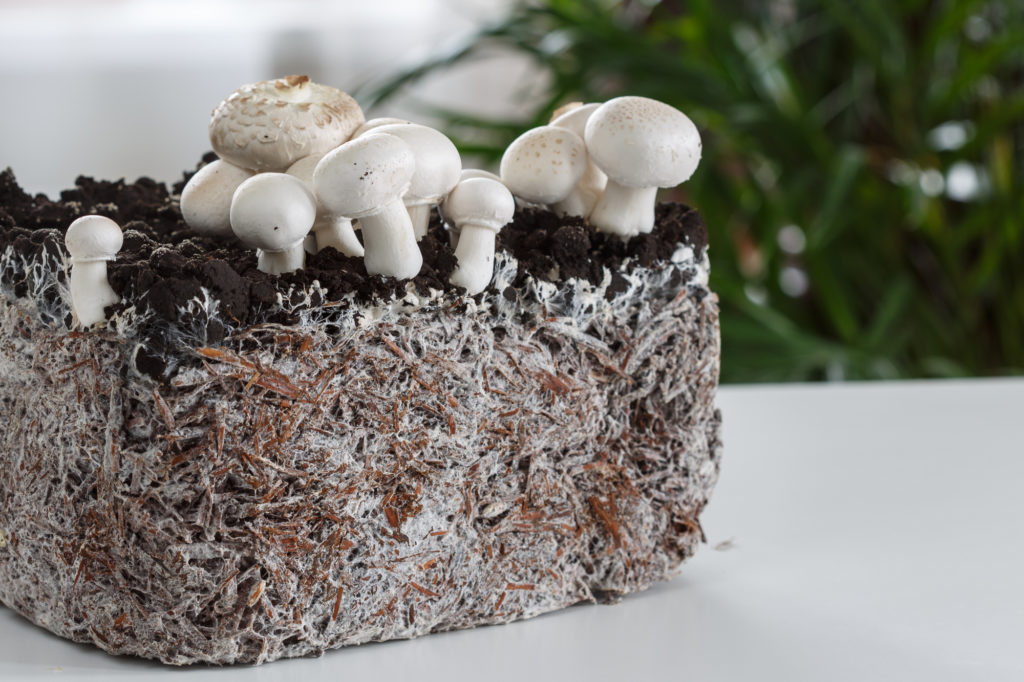
1. Get Your Spawn
Mushroom spawn is just like plant seedlings. When you have your mushroom spawn, you can start growing them. There are two ways of getting mushroom spawns:
- Buying a mushroom kit
- Getting spawn from spores
Buying a Mushroom Kit
Mushroom kits cost between $20 and $30. If you are a beginner in mushroom cultivation, it is recommended that you start with mushroom kits. Some mushroom kits come with just the spawn while others have both the spawn and sufficient grow-media to grow your mushrooms on.
Getting Spawn from Spores
Spawn and spores, what are these? As stated earlier, the spawn is like the seedling of plants. Spores, however, are the “seeds” of mushrooms. To get mushroom spawn from spores, you need:
- Agar
- Petri dish
- Mini grow media
- Mushroom spores
- Tray (or jar for mini growth media)
You can get the spores of your favorite mushrooms from mature mushrooms you collected in the wild or fresh mature mushrooms you purchased. The process of getting spawn from spores is:
- Prepare a freshly prepared petri dish (with agar)
- Hold the matured mushroom above the petri dish then gently tap it to release the spores
- Cover the petri dish, then keep it at around 70°f (21°c) until mycelia (whitish strands) colonizes the petri dish. The mycelia (singular: mycelium) are the spawn.
- Use a sterilized knife or bladeBlade refers to the expanded parts of leaves and petals. It consists of the mesophyll and there is a network of veins present in it. to cut the mycelia into a mini growth media in a tray then cover the tray with a newspaper to retain moisture. (You will learn how to make a grow media later)
- Place the grow media in a humid room with 60°-70°F (15.5°-21°c) temperature. In 7-15 days, you will see a fully colonized grow media (the grow media is covered with mycelia) known as spawn run.
- Congrats!!! You have your spawn.
Note: Make sure that this step is done in a draft-free, cool, and dark room
2. Make Your Growth Media
Mushrooms prefer a specific growing mediumAny material used as substrate for the growth of organisms such as plants, mushrooms, and microbes. Soil is the medium for most plants while a mixture of sawdust and grains is the medium of commercially cultured mushrooms. depending on the type. Oyster mushrooms prefer a growth medium made with straw or coffee grounds, shiitake mushrooms prefer hardwood or sawdust, and white button mushrooms prefer a growth medium made with composted manure. Nevertheless, all mushrooms can grow in media made with sawdust or straw.
For example, the make a straw growth medium:
- Chop off the straw into small pieces
- Mix 100 part straw, 2-3 part calcium carbonate, 2 part magnesium sulfate, and 5 part urea.
- Soak the mixture thoroughly and allow the water in it to drain.
- Place the mixture on a tray (or jar for mini growth media). The mix should be 6 inches deep.
- Congrats!!! You have your growth medium.
- Sterilize the growth medium by steaming: place the tray (or jar) above boiling water and then leave it there for two hours.
3. Mix the Spawn with the Growth Medium
When the growth medium is cool, mix the spawn (in the mini growth media) with the growth media on the tray. Mix them at a rate of 1 quart of spawn per 15 feet of growth medium. Make sure that the tray and growth medium are sterilized. At this point, you can take the growing mushrooms into your greenhouse. Fungi grow best in a room with 55°-60°F.
4. Casing (optional)
Casing is spreading 1 inch of moist peat moss on your mushrooms when they have colonized the growth medium. Advantages of casing are:
- Retention of moisture
- Prevention of unwanted microbes to reach the nutrient-rich growth media
In less than three weeks (or when the growth media is covered with white fuzz), cover the mycelia with peat moss.
5. Caring for Your Mushrooms
Here are ways that you can care for your mushrooms:
- Do not place the mushrooms at the part of the greenhouse with direct sunlight
- Retain a humidity of 60%. If you do not have a humidifier, spray water droplets around the mushrooms with a spray bottle.
- Water the growth medium twice daily. The growth medium should be well-drained and moist.
6. Harvesting Your Mushrooms
The duration of cultivating mushrooms differ from kind to kind. White button mushrooms, oyster mushrooms, and shiitake mushrooms will be ready to harvest in less than two months. Morel mushrooms, however, can take years to develop caps.
To harvest your mushrooms, do not pluck. Use a knife to cut the stem of the mushrooms. Only harvest mushrooms when the capCap' refers to the removable covering of any part of a plant just like a capsule. For example, cohering petals that fall off are caps. has separated from the stem.
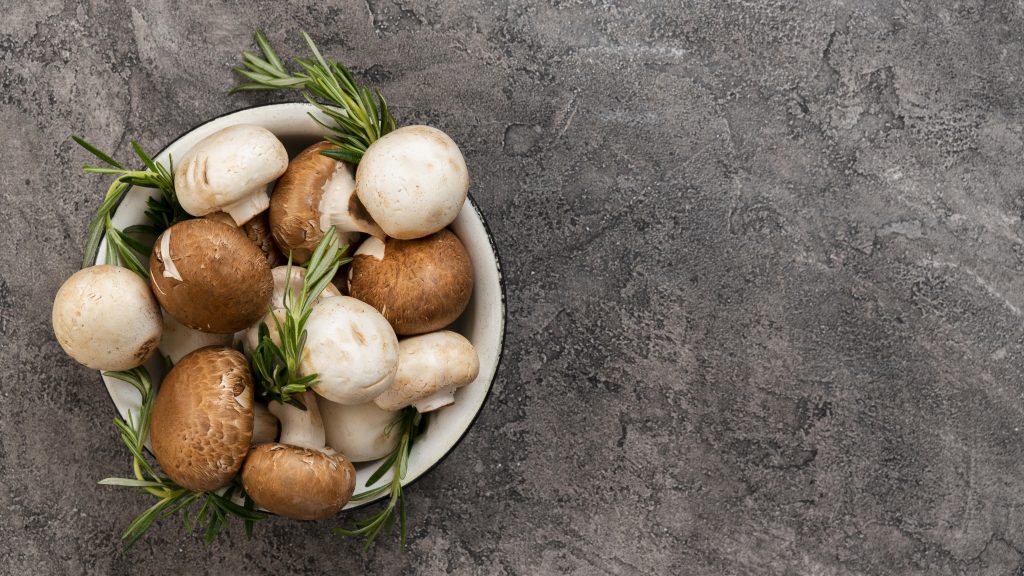
Enjoy your mushrooms!
Conclusion
Mushrooms are tasty and healthy. They are rich in calcium, proteins, antioxidants, vitamins, and minerals, so you should grow your own mushrooms. Examples of fungi you can grow are oyster mushrooms, white button mushrooms, and morel mushrooms.
Which type of mushroom do you intend to grow first?

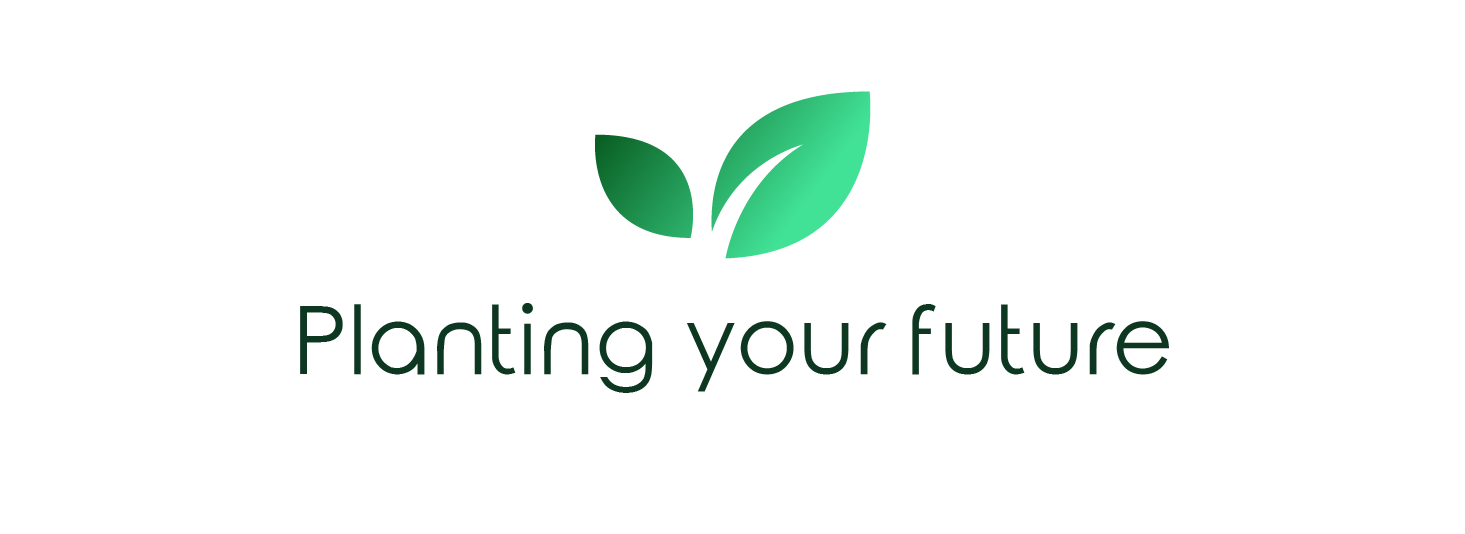

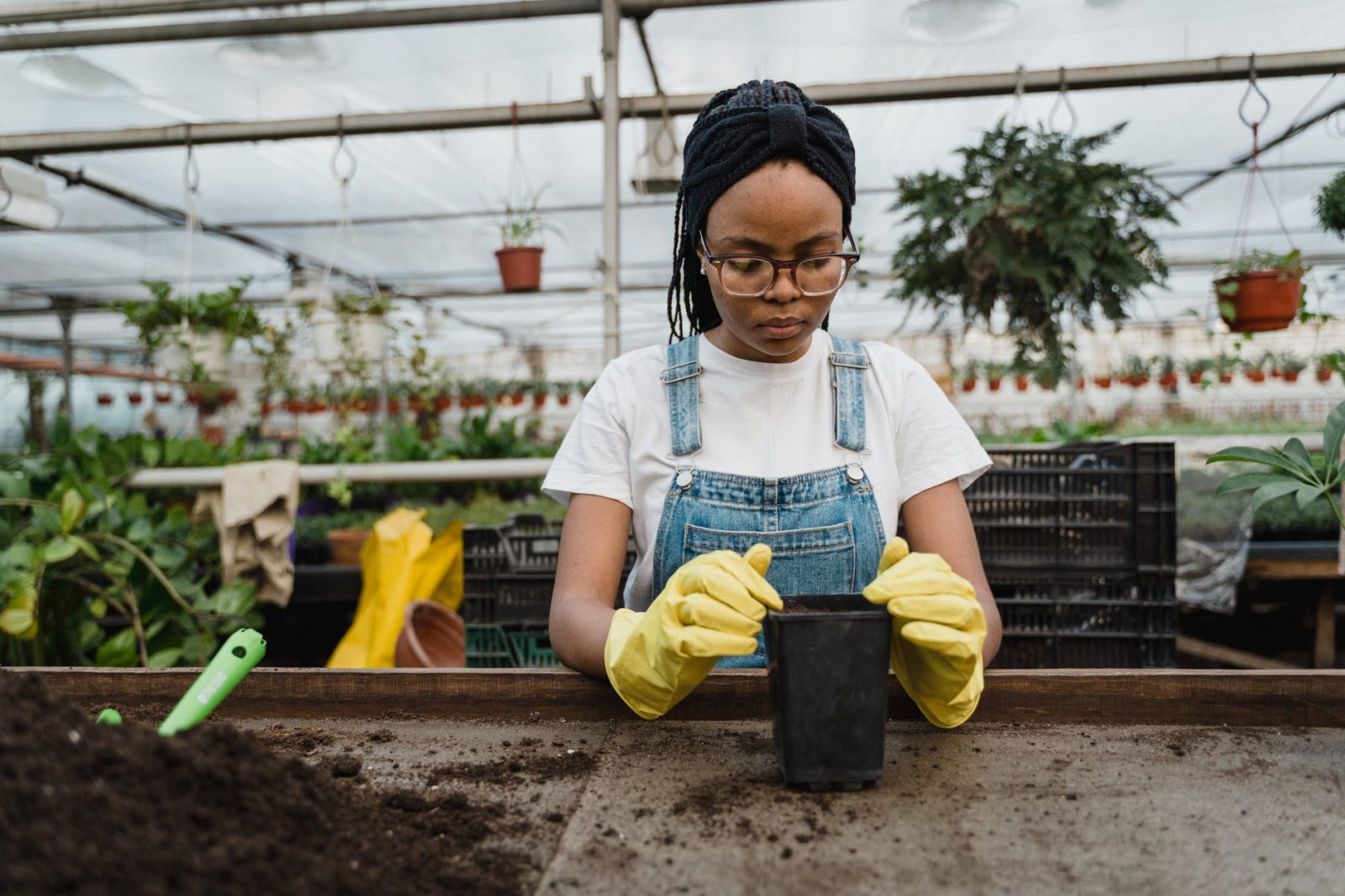


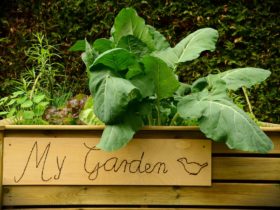
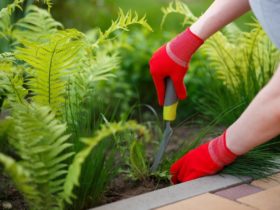
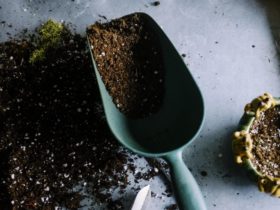
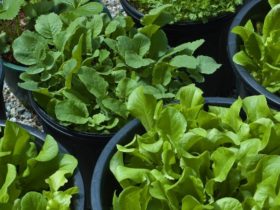

nice article keep up the good work can you please tell how to grow sprouts. otherwise very informative article keep up the good work.
nice article keep up the good work can you please tell how to grow microgreens actually i’m new in gardening field so i dont have much idea on how we grow sprouts. otherwise very informative article keep up the good work.